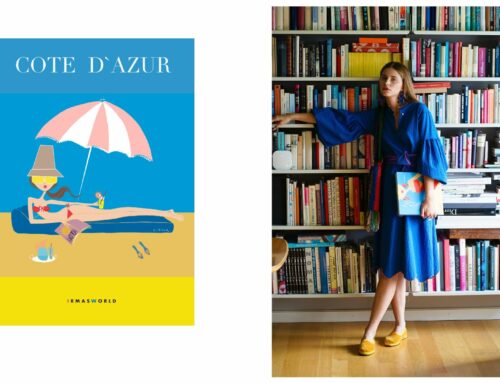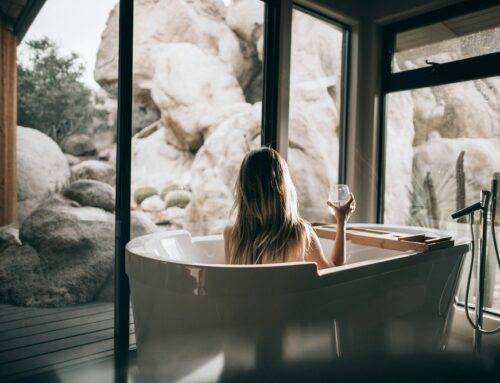2024 Wellness Trends you can’t miss for more energy, for better health and balanced hormones
I’ve been working in fashion for many years, but my most secret passion of all in the last 20 something years have been self-care and wellbeing. Before anyone was talking about self-care, wellness trends and longevity, I was following my own ritual regiment that would ground me, bring me calm in the middle of chaos and focus to think and take decisions. Those rituals slowly became an essential part of my life nurturing my spiritual and emotional needs, bringing balance in my world and making me feel confident and resilient. All those things you need in daily life, and for someone working in the fashion industry and in television, they were the key to mental health.
Back then my self-care routine was quite simple: daily journaling practice, daily reading before bed, long hot baths with candles and salts on Sundays, aerobic classes after work, sauna on weekends and monthly theatre visits. It was never boring to spend time with myself.

What has changed after 20 years and how 2024 wellness trends are making a difference in people’s lives
Today self-care looks a little more complicated and consumer oriented. It is about taking daily supplements, mixing protein smoothies, drinking morning curcuma lattes made with plant based milk, breath work and meditation practices at 5 am, cold plunges, soul cycling classes after work, falling asleep with your LED face masks on and extensive gua sha massages.
How did this all happen?
First with the pandemic, the world started waking up to the need for wellness and more and more people started prioritising self-care. Biohackers began to push boundaries. Medical, surgical, genetic, you name it. People started to experiment a lot more with themselves. From cold plunges to collagen to celery juice, the $1.8 trillion global consumer wellness market is no stranger to fads, which can sometimes surface with limited clinical research or credibility *
And yet unbeknownst to the masses, many wellness practices have already received science’s stamp of approval. In fact, the Global Wellness Institute’s Wellness Evidence portal hosts compelling research backing 31 of the most popular therapies—from Ayurveda to optimism *
And not only, but it seems that doctors and medicine are slowly learning to work with wellness practices as a supporting tool for their work. That means that we may have reached a point when healthcare and wellness will learn to get along.
Today I want to offer you a peak into the future, the fastest growing wellness trends and longevity new technologies and innovation:
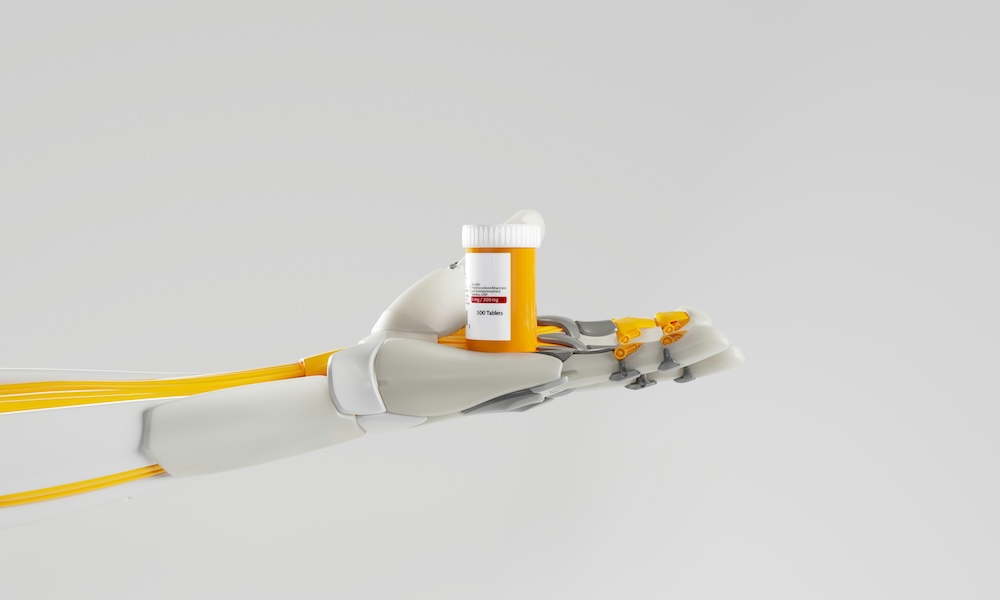
2024 Wellness Trend: Measuring wellbeing
An emerging trend from the last few years has been biomonitoring and wearables. Holistic wellness nowadays is about more than just ticking off boxes on a health checklist. People are starting to realise the importance of a personalised approach to optimal health, wellbeing and prevention. So they started measuring.
Beside comprehensive blood tests, new and more accessible ways and tools are developed to measure from the comfort of your home. Today you can measure almost everything without going to the hospital and seeing a doctor: from your sleep quality and stress levels, your heart rate variability (HRV) and electrodermal activity (EDA), your body temperature and blood oxygen levels to body composition analysis, including weight, muscle mass, bone density and real-time metabolic insight (LUMA). In the last few years another gadget has been on the rise: the constant glucose monitors (CGM), now available to everyone who wants to check their sensitivity to different foods (the way your blood sugar reacts to the different foods).
Using these wearables paired with mobile apps and interpreted by a nutritionist who can offer personalized health guidance, are becoming the norm in the wellness world. But what is more important is that this trend is simply a proof that the world is moving fast and sure in a direction of personalized medicine, also referred to as precision medicine. This is model that separates people into different groups—with medical decisions, practices, interventions and/or products being tailored to the individual patient based on their predicted response or risk of disease *
Another emerging and growing trend is at-home diagnostic tests such as genetic tests, food sensitivities, tracking your iron and even your cholesterol levels. Although many at-home lab tests have been available for decades, they have become increasingly utilized during the COVID-19 pandemic. It’s a good idea to check with your insurance provider to see if at-home tests are covered by your policy. In any case home tests allow early diagnosis and prevention, if there is something worrying.
Here you can discover some of the most trending wellness devices on the market.
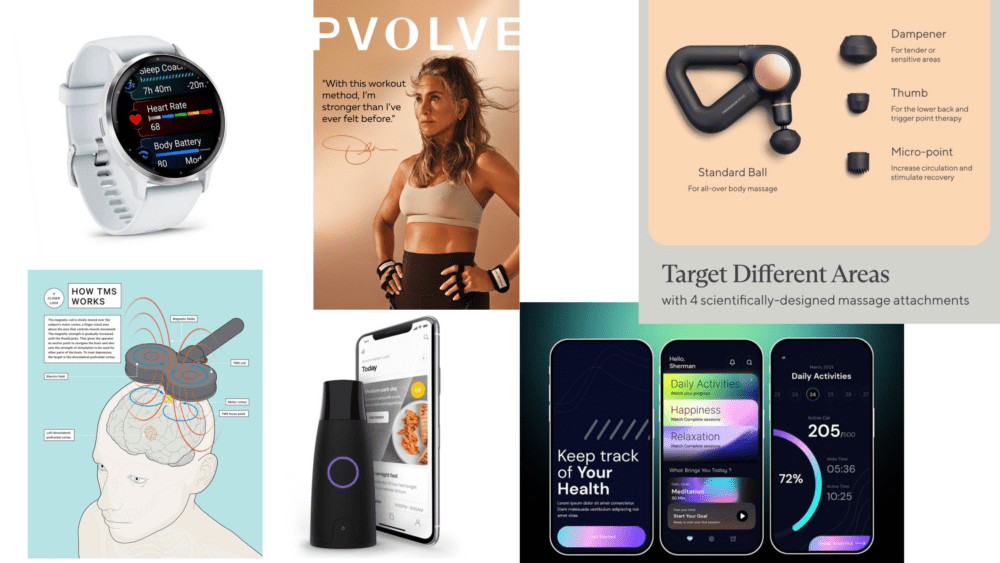
2024 Wellness Trend: Women, Hormonal Health and Menopause
There is a strong new trend that focuses on women’s hormonal health and wellness. Women began speaking openly, without shame and the social stigma, about their period, PMS, infertility and (peri) menopause. This trend will continue in 2024: Women and their hormonal journey.
Historically, women’s health has been underserved and underfunded.
“Research on women’s health has been underfunded for decades, and many conditions that mostly or only affect women, or affect women differently, have received little to no attention. Because of these gaps, we know far too little about how to manage and treat conditions like endometriosis, and autoimmune diseases like rheumatoid arthritis. These gaps are even greater for communities that have historically been excluded from research – including women of color and women with disabilities.”, said the first lady of USA Jill Biden last year in November, announcing a new White House initiative on women’s health research.
Not only do researchers fail to include enough women in clinical trials, they often don’t look for differences between how men and women respond to treatments.
In the last few years many new apps, tools, programs and workshops have been emerging. All of them guiding women how to optimise their lifestyle and health by tracking their cycle. Beside the boom of cycle tracking devices and apps, there have been quite a lot of books and podcasts on the topic of hormonal health and balance.
More about our top favourite doctors, podcasters and women in Biohacking on our upcoming newsletter!

According to most experts, it seems most biohacking tools recommended for hormonal health are free of charge and accessible to anyone: intermittent fasting for example, cold and warm therapy, breath work and meditation, using herbs and eating the right foods.
Many of those and other tools as well are not specifically designed for women. It seems that some of the benefits and positive effects they boast, include improving the hormonal health and balance too.
Let’s look at tools like the Oura Ring, tracking your sleep, the CGM (continuous glucose monitor), another wearable device tracking blood glucose every few minutes, throughout the day and night, the food tracking app.
What makes a difference for women is that when they combine all these tools providing them with data and knowledge, they suddenly begin to grasp the interconnectedness and effect of their lifestyle choices over everything happening in their bodies. So they start looking for solutions and start changing their habits.
Some of the tools we’ve mentioned, such as the Oura Ring has recently integrated the Natural Cycles App to track and sync your menstrual cycle with your lifestyle.
A new company GlycanAge offers a plan online for women, guiding them to better manage their (peri) menopause, based on measuring their biological age. The glycan-based biological test determines your biological age essentially by looking at the state of your immune system and inflammation. It is a measure of your health, irrespective of your actual chronological age. More on what Glycan Ageing actually is read here.
2024 Wellness Trend 3: GIVE ME MORE ENERGY
Every year people seem to get busier and more stressed around their daily tasks. Managing a successful career, building a family and while maintaining an impeccable personal brand online and offline seem to be all quite gruelling. Naturally we need more energy for the brain and for the body so we stay productive and move forward in every field of life.
Born from this need there is a trend around developing new tools and methods that can fuel our brain and body with more energy.
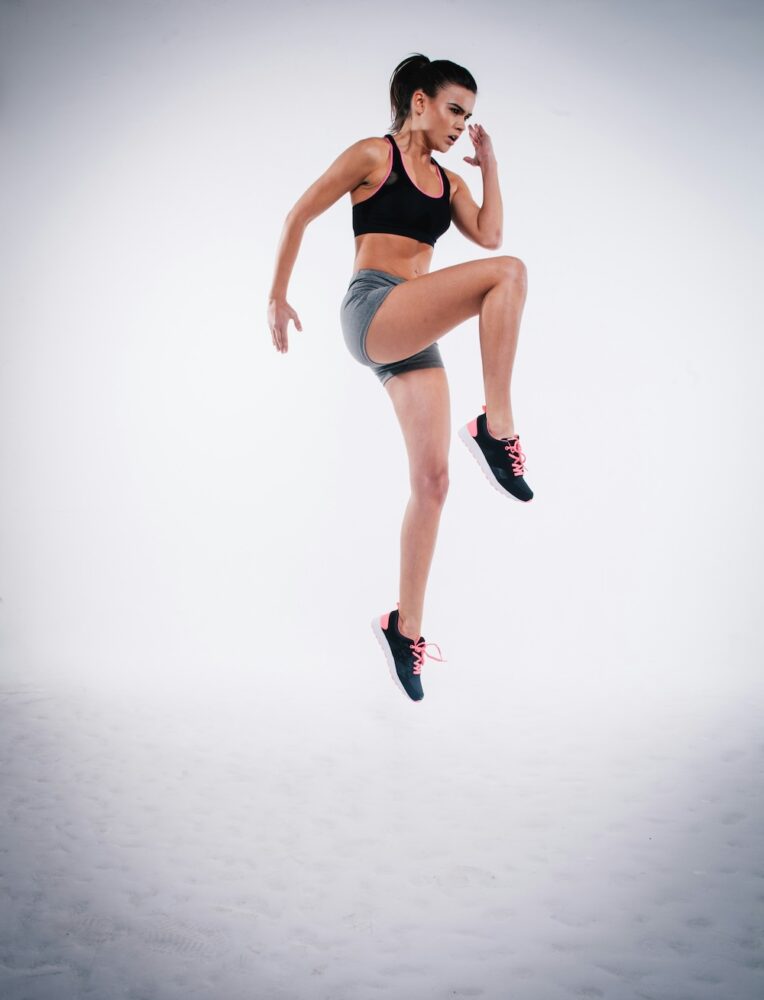
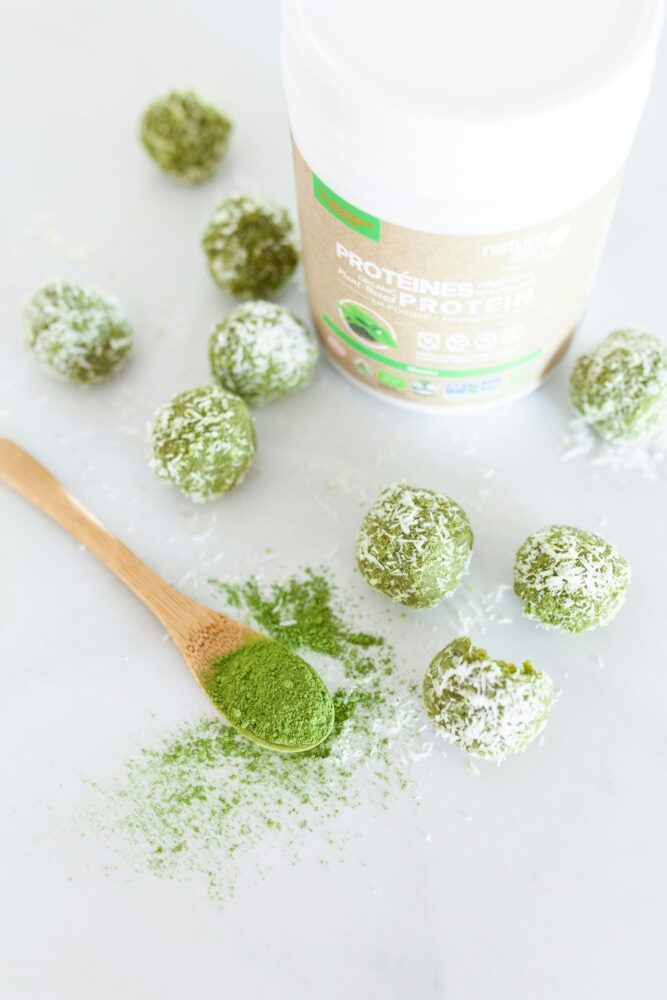
Biohacking your energy can be cheap or expensive (look at Bryan Johnson who reportedly spends $ 2 million per year to hack his biology, stay young and healthy). The free-of-charge ways to access your energy are exercise, cold and warm therapy, fasting, nutrition. The problem is that if you are new to biohacking and you want to turn things around, the simple act of starting with exercise and fasting requires mental energy, which you might not have. That means you need a boost. The boost comes usually from supplements and the right motivation. Some powerful sources of energy for both body and brain are amino acids (L-carnitine and the Branched-chain amino acids BCCA: valine, leucine and isoleucine), some herbs and Nootropics. While “nootropic” might seem exotic, “coffee” or “ADHD medication” probably sounds a lot less so. And guess what? Both of those things are nootropics. Other examples include:
- L-theanine, an amino acid that increases alpha waves in the brain
- Creatine, which (when bound with phosphate) gives a quick energy boost to brain cells
- Nicotine, which is linked to improved attention span and better motor function (but can be damaging in the long-term)
- Ginkgo biloba, which has been shown by some studies (but not all) to decrease stress and improve mental processing
- Panax ginseng, which has demonstrated some promising effects with regards to mental acuity and overall brain function, according to a few studies (more are needed to be conclusive)
In the last few years more and more people talk about NAD+ and its importance for human energy on a cellular level. NAD or nicotinamide adenine dinucleotide is a critical coenzyme found in every cell of your body. It works as a shuttle bus, transferring electrons from one molecule to another within cells to carry out all sorts of processes. Without sufficient NAD+ levels, our cells wouldn’t be able to generate any energy to survive and carry out their functions. Other functions of NAD+ include regulating our circadian rhythm, which controls our body’s sleep/wake cycle.
As you may be already guessing, with age, NAD+ levels fall, suggesting important implications in metabolic function and age-related diseases. The enzymes in our immune system for example consume NAD+ and the sirtuins, which regulate metabolism, maintain stable chromosomes, and repair damaged DNA also use NAD+ as a fuel.
Lately a lot of supplements NAD+ have been showing up on the market, however, they don’t have such a big impact as for example NAD + infusions do. A very expensive method unfortunately that, however, proves to have immediate effect on the levels of NAD in the human body. Currently there are also tests available on the market to measure your NAD levels. If you are interested for recommendations, please write an email with your questions to tsitaliya@mums-in-heels.com
If you decide to choose a supplement, be aware to combine it with two other precursors that help NAD+ biosynthesis in the human cell: nicotinamide mononucleotide (NMN), and nicotinamide riboside (NR) *
Light Therapy
Light therapy has been analysed and used to better human health for over a century. In 1903, a Danish physician Niels Ryberg Finsen was awarded the Nobel Prize for pioneering some of the first clinical light therapy treatments.
In the 1980s, NASA examined red light therapy use in space for health and plant growth. Afterward, NASA continued to work with a Wisconsin-based company Quantum Devices Inc., the developer of a far-red/near-infrared light-emitting diode treatment named High Emissivity Aluminiferous Luminescent Substrate (HEALS). The HEALS device has proven therapeutic for painful cancer treatment side effects and even the reduction and potential elimination of cancerous tumours.
Red light is scientifically proven to help you in the following:
Optimising your body’s energy: photons of light are absorbed by mitochondria of each cells, optimising energy production by making more of ATP, the body’s chemical energy.
Recovering faster from physical performance and injuries: improving blood flow, relieving muscle tension, reducing muscle fatigue and relieving mild arthritic pain.
Restoring natural circadian rhythm: red and infrared light stimulate release of melatonin, the ultimate antioxidant and DNA repair hormone.
In the past few years there has been a variety of portable infrared light therapy home devices. From Light therapy face masks to infrared sauna blankets and home panels, these devices are easy to fit and adjust in any home and relative safe to use.
The Longevity Trend
Everyone seems to be talking about longevity and health optimisation these days. We are not sure if this is a trend or society changes of values overall. Certainly people are obsessing a lot more about their health, their levels of energy, mental power and ageing rather than living in the now or the clothes they wear. Longevity is not just about living longer, but rather adding life to your years and making the best out of any age: more energy, brain power and resilience to stress.
As good as this sounds, the longevity trend more and more often feels like sucking the poetry and magic out of life. Turning us into control freaks, who measure everything and focus way to much on numbers, while losing connection with something so precious as our own intuition and spontaneity of life. All the devices and gadgets out there can be really useful, as long as they don’t rob your life from the human experience and the simple joy of living.
Sign to receive the complete experience
with unpublished content & community deals
